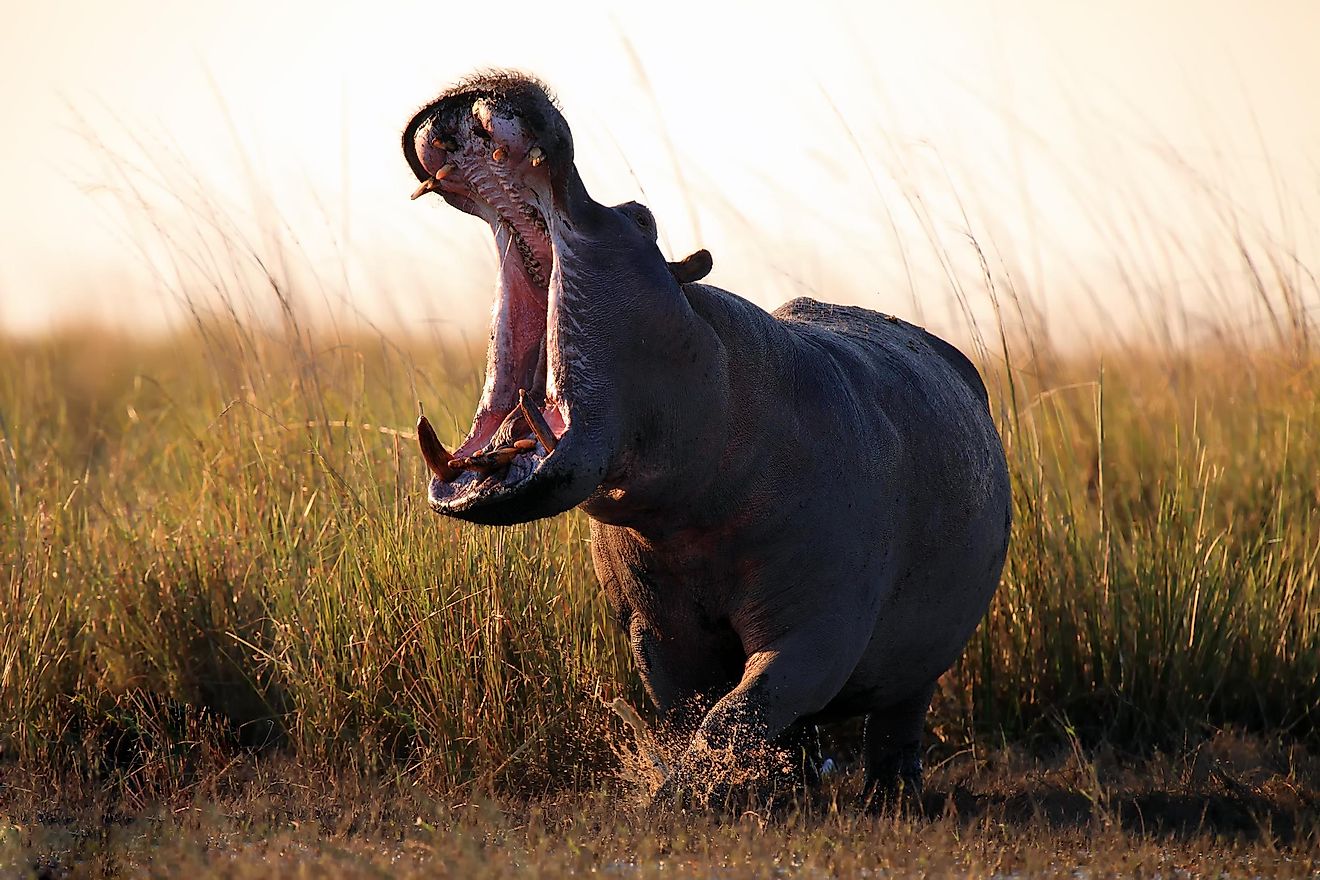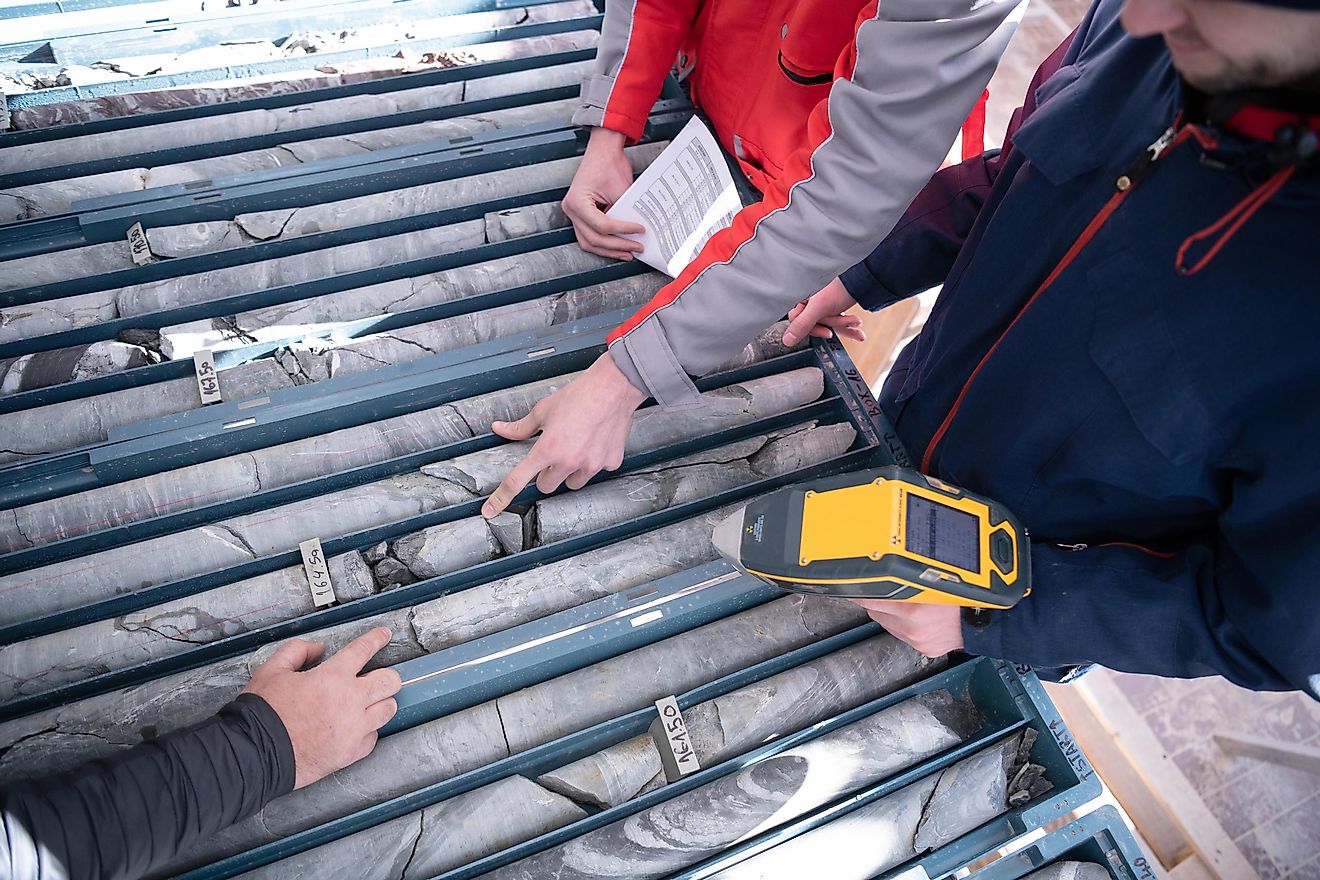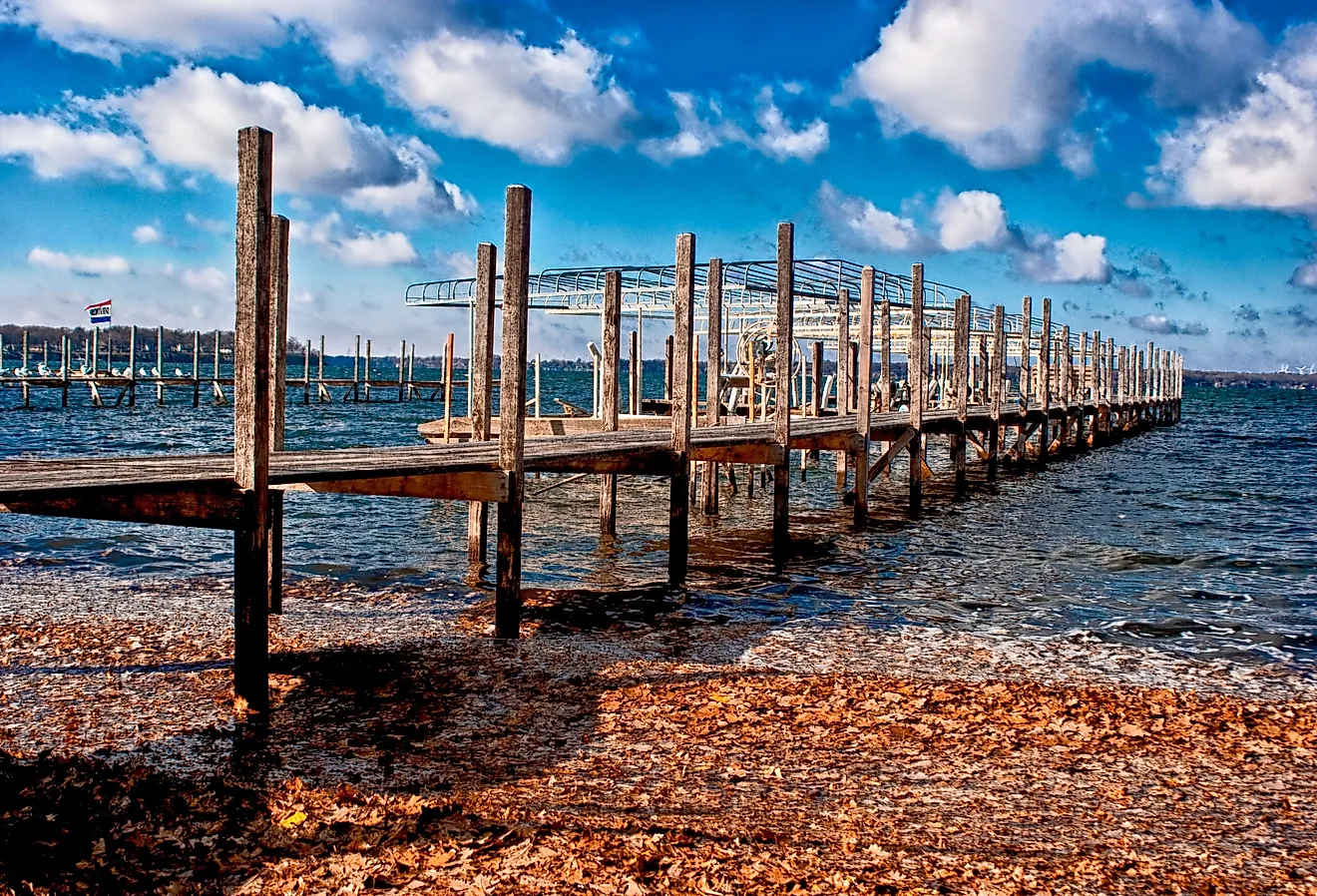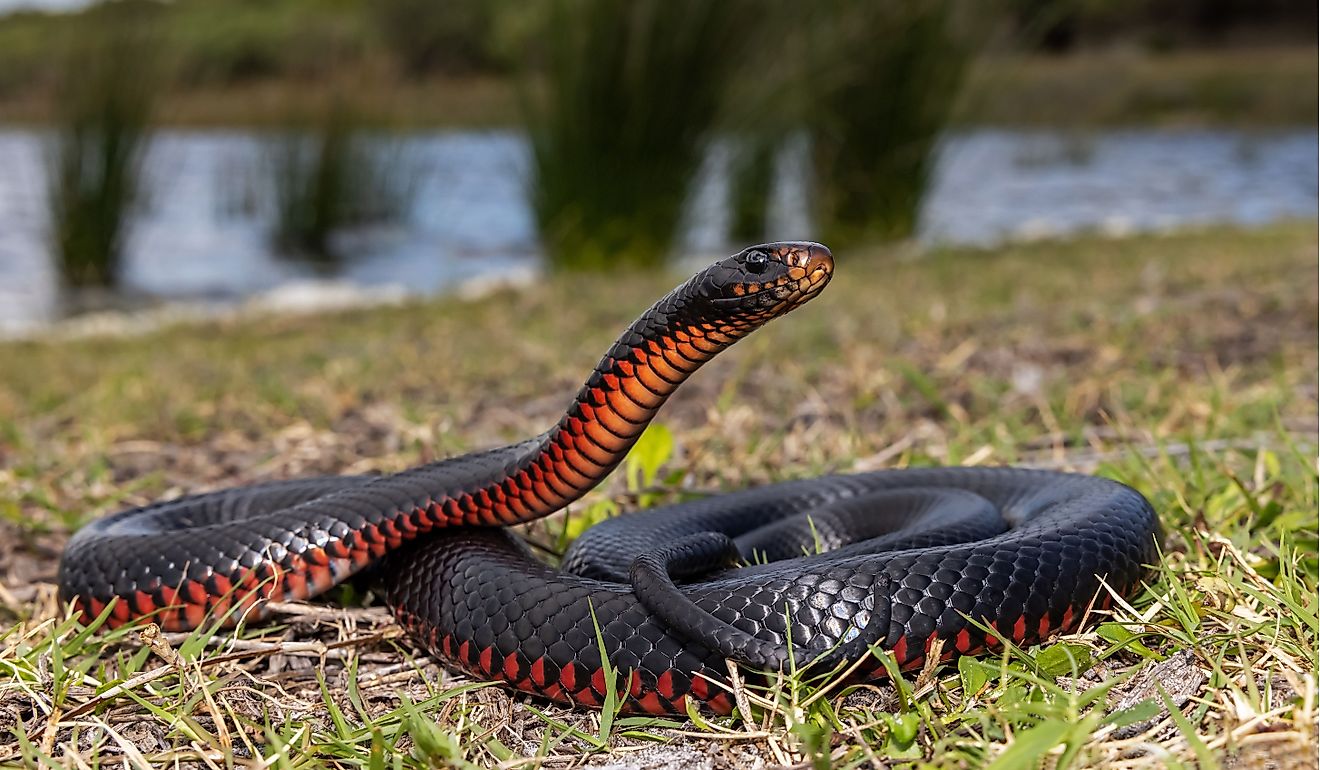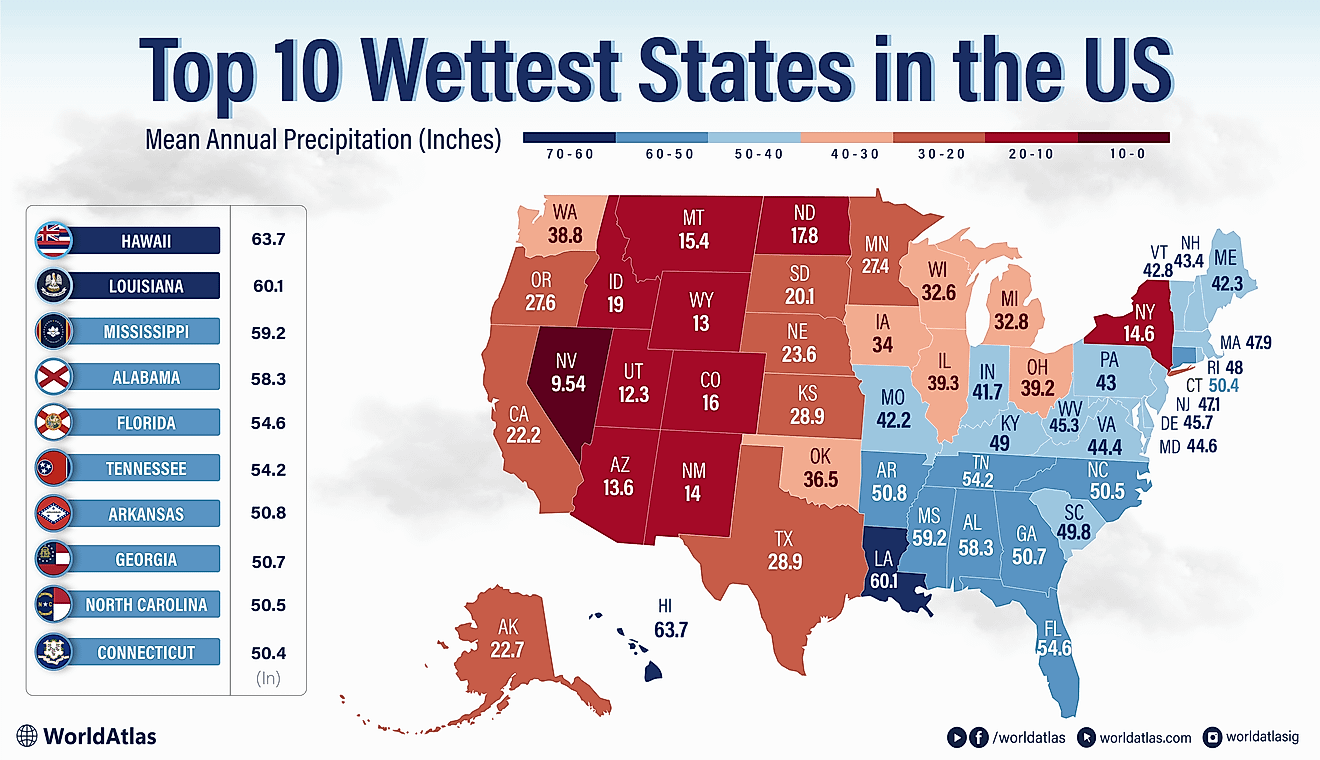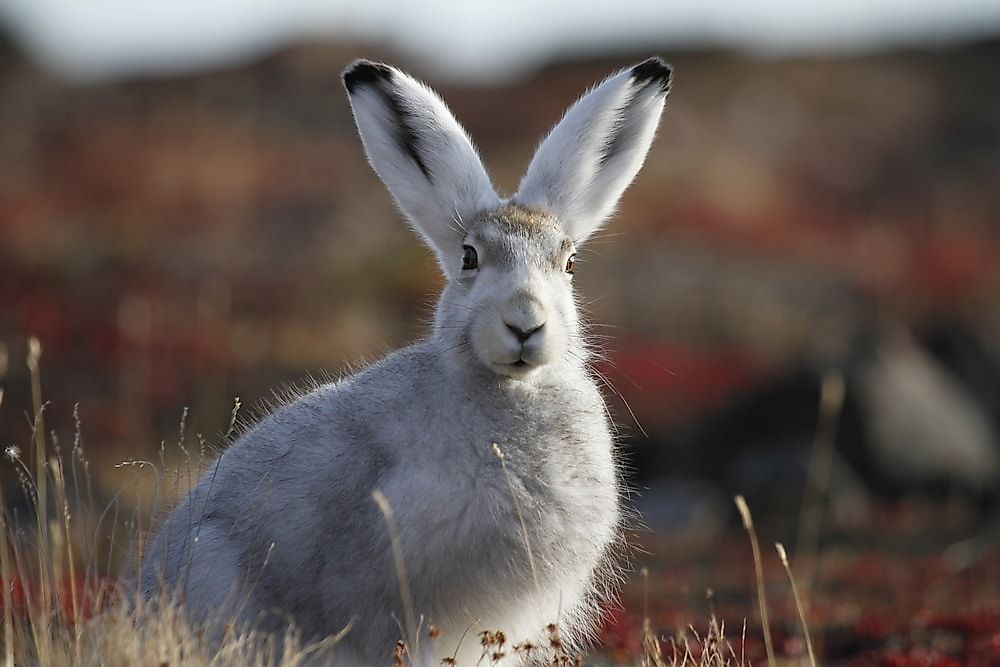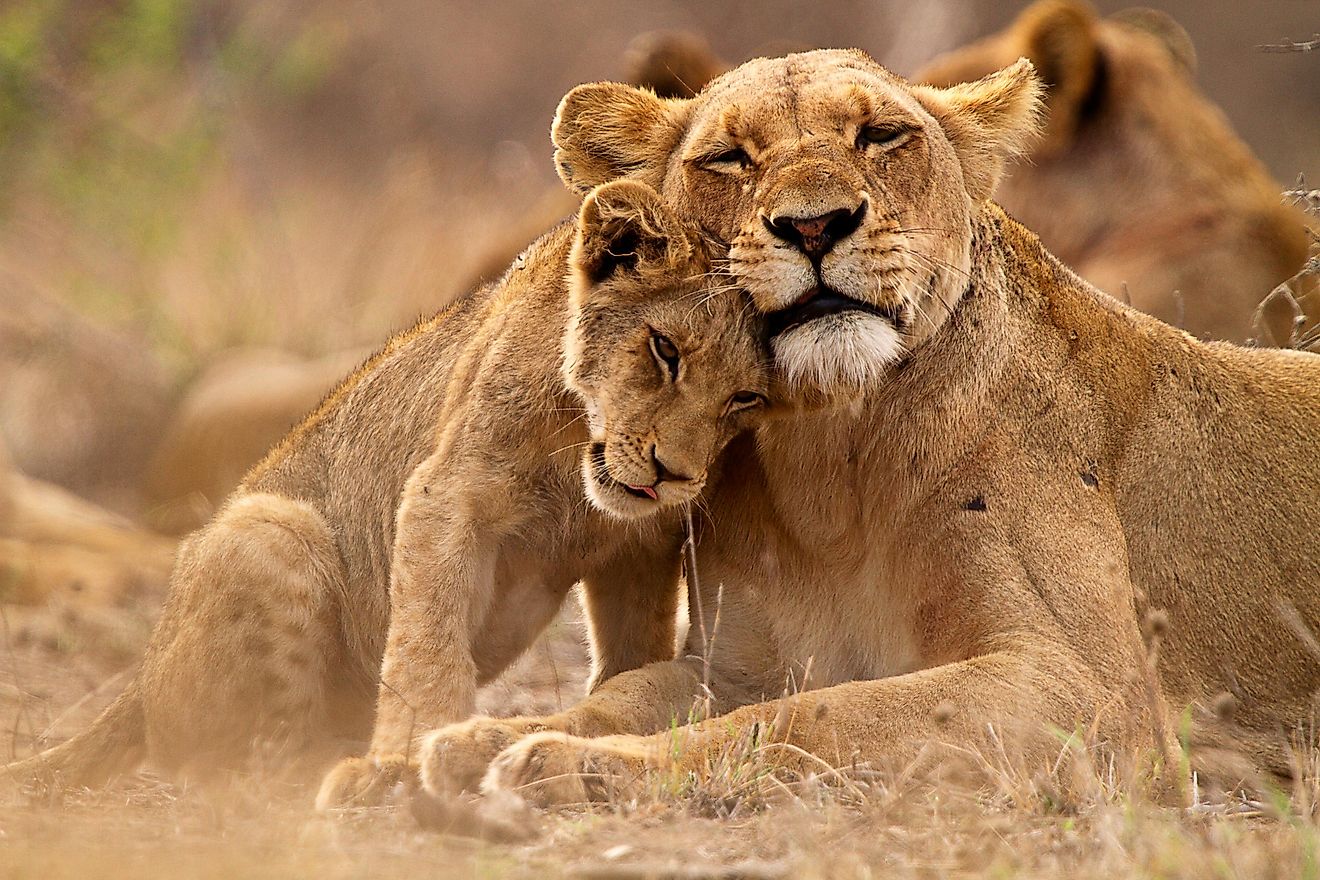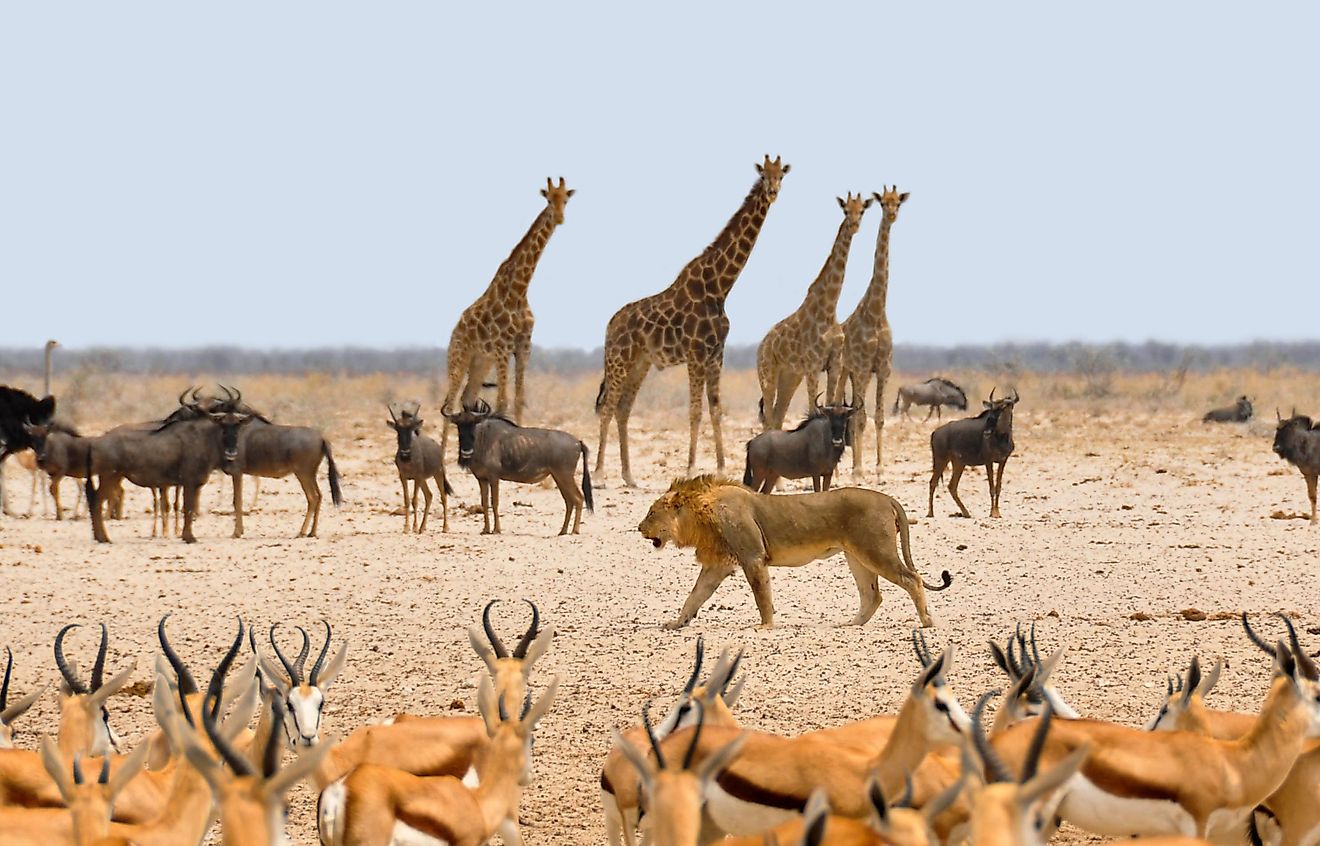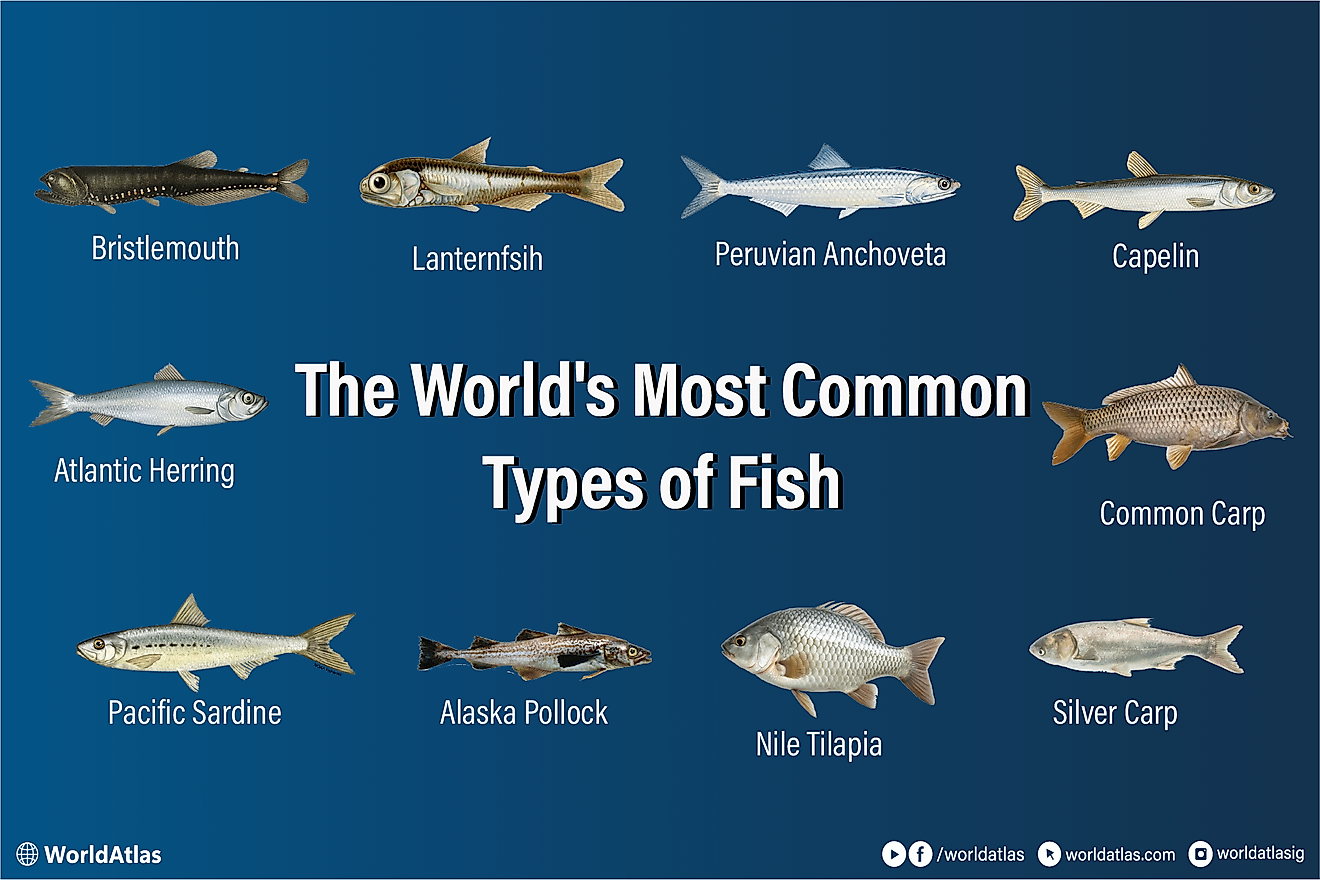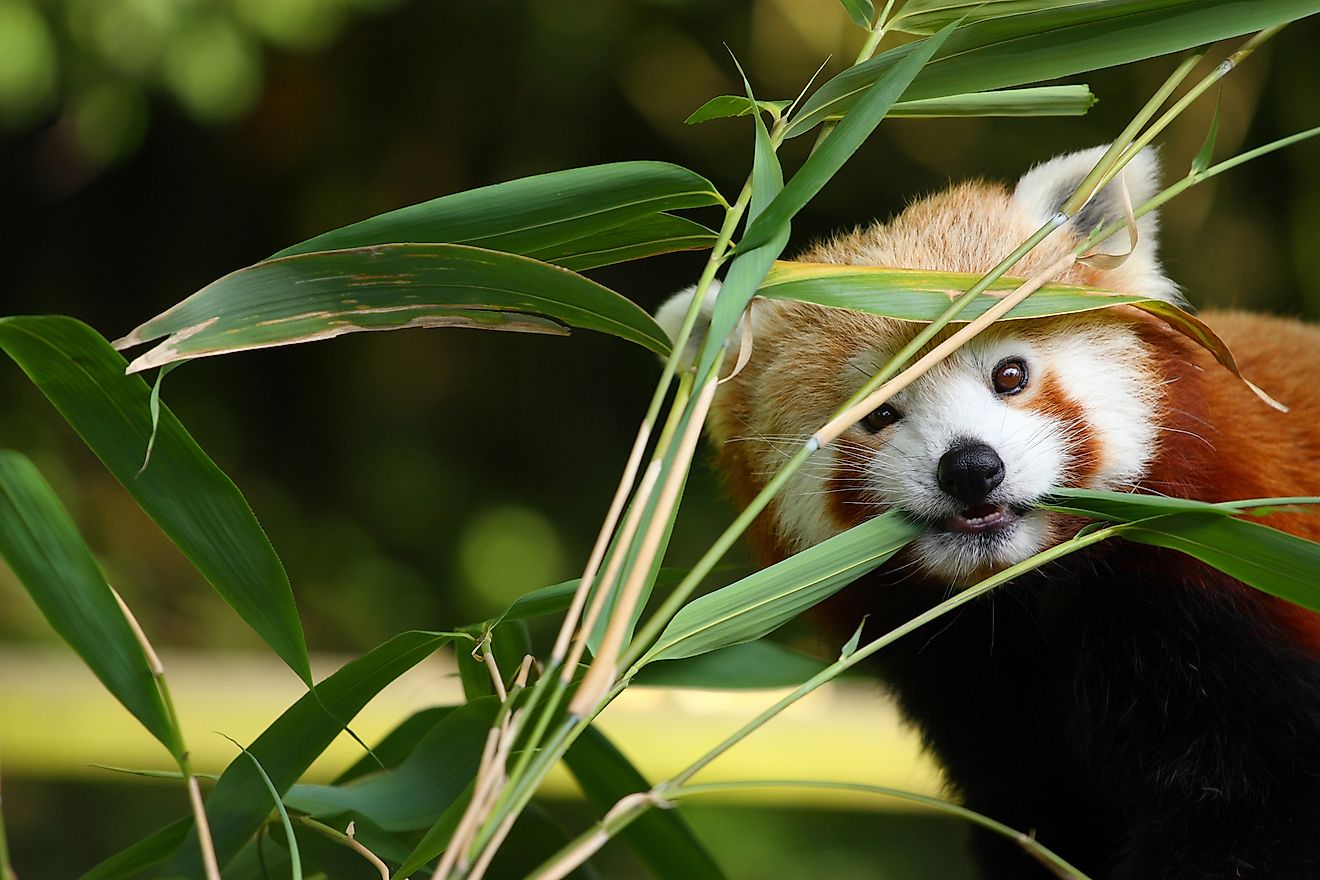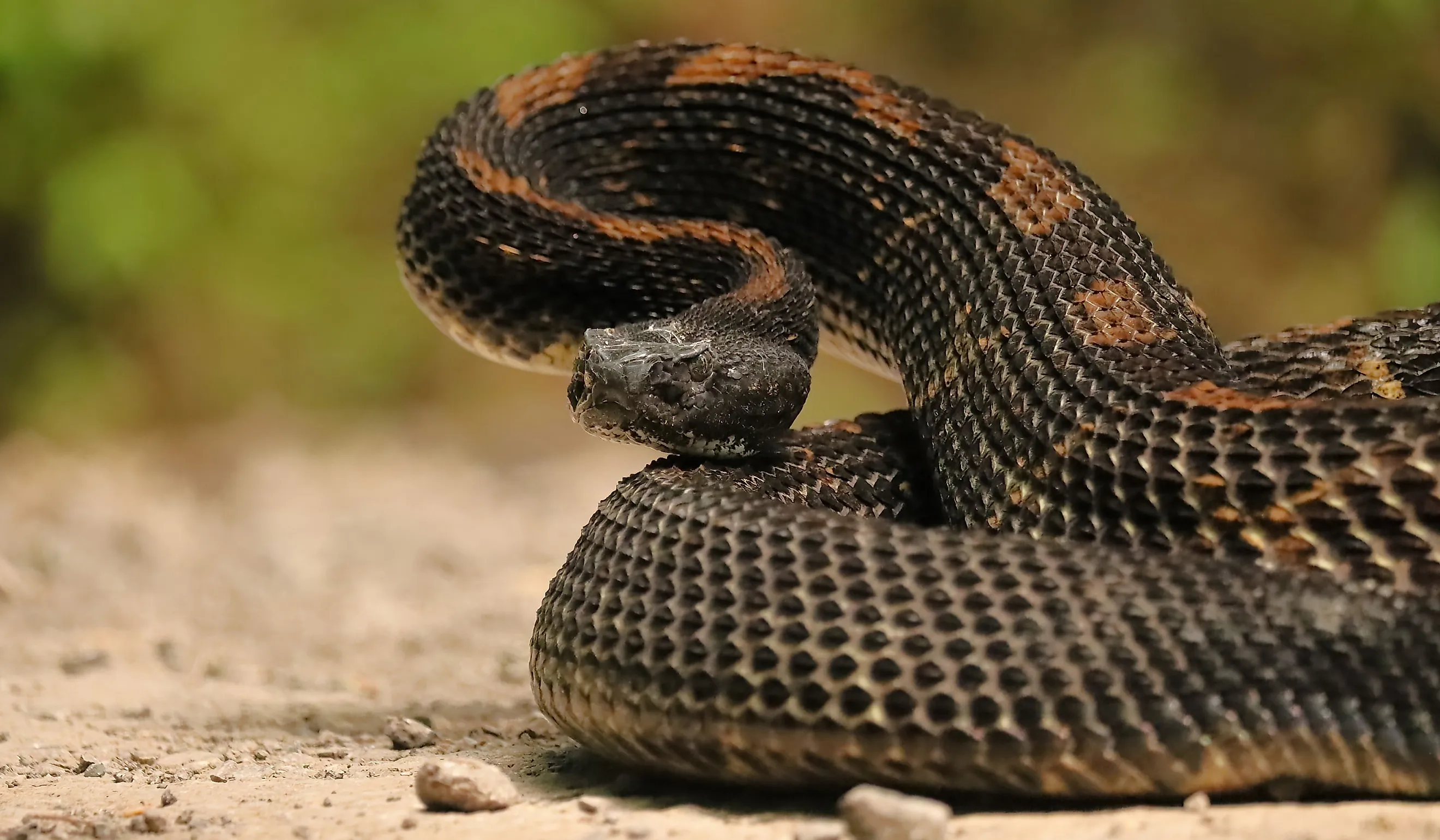
4 Endangered Animals Fighting For Survival In Vermont
Vermont is home to vast amounts of wildlife, some of which are fighting for survival. Due to pollution, invasive species, and loss of habitat, animals that once thrived in Vermont are now endangered. There are varying landscapes, from the Green Mountains in the interior of the state to the valleys along the many rivers, like the Winooski, all the way to the over 800 ponds and lakes scattered throughout the state. Aquatic and land-based ecosystems in Vermont have been home to a wide variety of wildlife for centuries, but threats like habitat loss, pollution, and invasive species now threaten the animals that once thrived in this New England state. Here are the endangered animals fighting for survival in Vermont.
The Indiana Bat - Vermont’s Endangered Flying Mammal

The Indiana Bat, a species endangered within the state of Vermont as well as federally endangered, has found refuge in Vermont’s southern Champlain Valley, particularly in areas like Hinesburg and Dorset. These small insectivorous bats, weighing less than three pennies, about the size of a thumb, have lived in Vermont for nearly a century. Their population began declining due to human interference in hibernation caves, habitat loss, pesticide exposure, and the devastating fungal disease known as White-nose Syndrome. Listed as endangered in 1966, their numbers dropped by half by the early 2000s. Conservation efforts in Vermont have been notably successful. In Hinesburg, in the Southern part of Vermont, a 301-acre forest was permanently conserved in 2007 to protect a colony discovered just before the onset of White-nose Syndrome. Wildlife experts credit this success to proactive land management and habitat preservation. The Indiana Bat’s resilience in Vermont is a testament to how targeted conservation can restore endangered species. By continuing to provide protected areas in the state of Vermont, it is hoped that the bat population will increase on a federal level.
Dwarf Wedgemussel - Vermont’s Endangered Freshwater Mussel
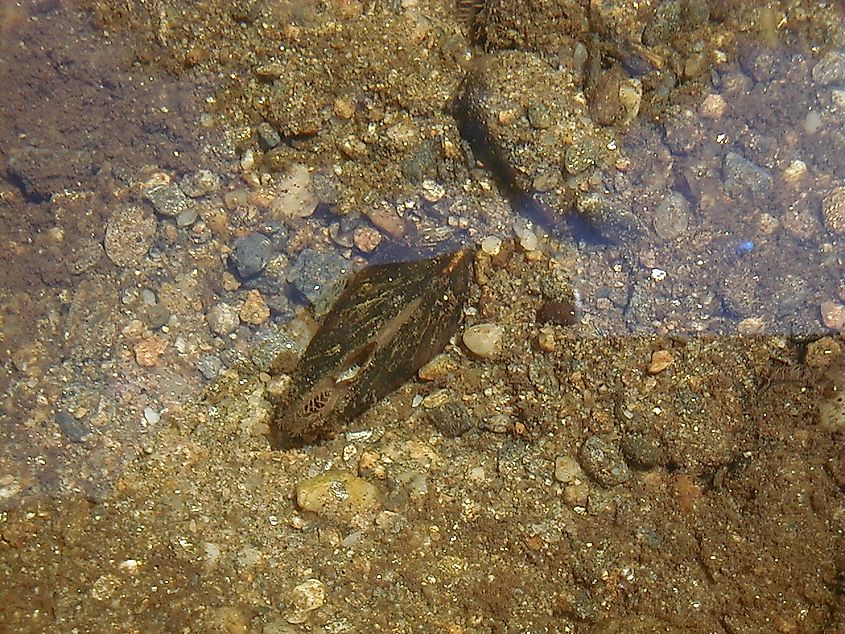
The Dwarf Wedgemussel is Vermont’s only federally endangered freshwater mussel, found exclusively in the Connecticut River basin. This mussel used to be found in 70 different locations across 15 watersheds, but populations have dramatically declined in the last century. Pollution, dam construction, and habitat degradation have all contributed to the decline in the Dwarf Wedgemussel’s population. This small mussel, typically just over an inch long, thrives in stable riverbeds with clean, flowing water and can live to be 12 years old. Conservation efforts in Vermont focus on monitoring populations, protecting river habitats, and restoring water quality. The Vermont Center for Ecostudies hosts educational events, such as a workshop on freshwater mussels. Through education, preserving riverbanks, and reducing runoff, conservationists aim to stabilize and grow remaining populations. The Dwarf Wedgemussel’s survival is a critical indicator of Vermont’s freshwater ecosystem health.
Eastern Spiny Softshell Turtle - Threatened in Vermont’s Lake Champlain
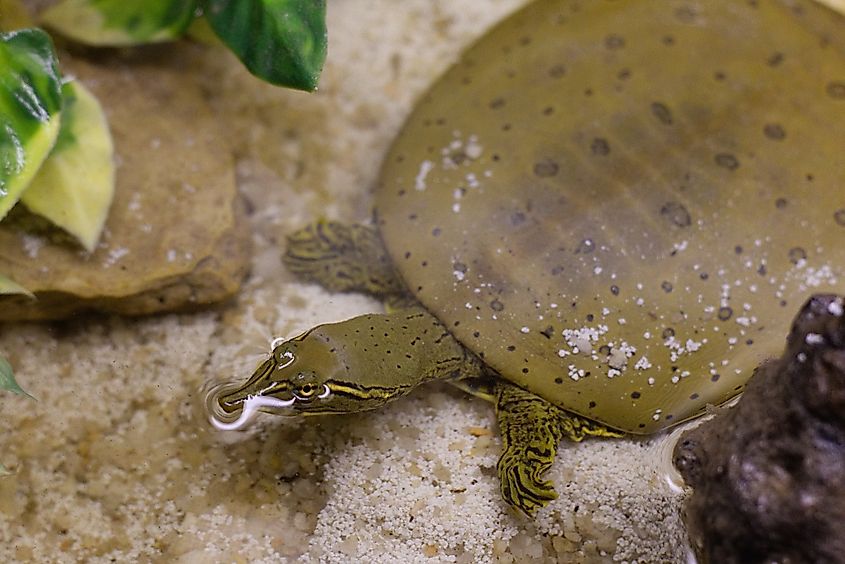
The Eastern Spiny Softshell Turtle is a unique aquatic species found in Lake Champlain, as well as the marshes and streams that feed into the lake. Listed as threatened in Vermont since 1987, this turtle’s population has steadily declined due to shoreline development, habitat loss, and egg predation. Females take over a decade to reach breeding age, and nesting success is often low due to human disturbance. This turtle also hibernates in the same spot over winter, but shoreline development makes that more difficult. Conservation efforts include nest monitoring and predator management by providing fenced beaches during the breeding season. ECHO Lake Aquarium and Science Center helps to provide captive care over winter hibernating months before releasing the turtle again in spring. In 2022 alone, over 1,000 hatchlings were successfully released into Lake Champlain. These efforts are part of Vermont’s Eastern Spiny Softshell Recovery Plan, which aims to restore stable populations and protect critical nesting sites.
Timber Rattlesnake - Vermont’s Only Venomous Snake
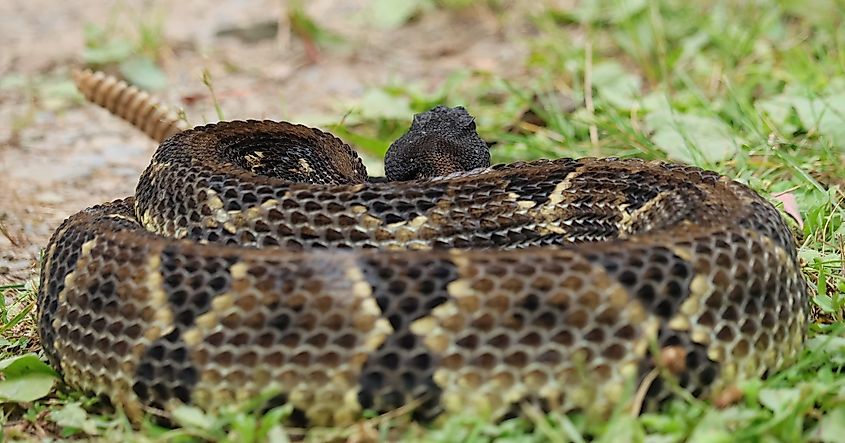
The Timber Rattlesnake, Vermont’s only venomous snake, is critically endangered and found only in Western Rutland County, inhabiting rocky ledges and deciduous forests. Once widespread, it was hunted under bounty laws until 1971 and officially listed as endangered in 1987. This species has a long lifespan of up to 35 years, but reproduces slowly, with females giving birth only every few years. Habitat fragmentation, road mortality, and human fear have severely impacted its numbers. Vermont’s conservation efforts include habitat protection, public education, and research partnerships with groups like The Nature Conservancy and the Orianne Society. The state also runs a Rattlesnake Response Program to safely relocate snakes and reduce human-wildlife conflict. Protecting the Timber Rattlesnake is vital for maintaining biodiversity and ecological balance in Vermont’s forest ecosystems.
Vermont is home to a variety of wildlife in aquatic and land-based ecosystems. Due to habitat loss, pesticides, and other factors, some of Vermont's native animals that used to thrive are now endangered. Each of these animals plays an important role in Vermont’s ecosystems. The state of Vermont has come together to help protect these animals fighting for survival before it’s too late.
